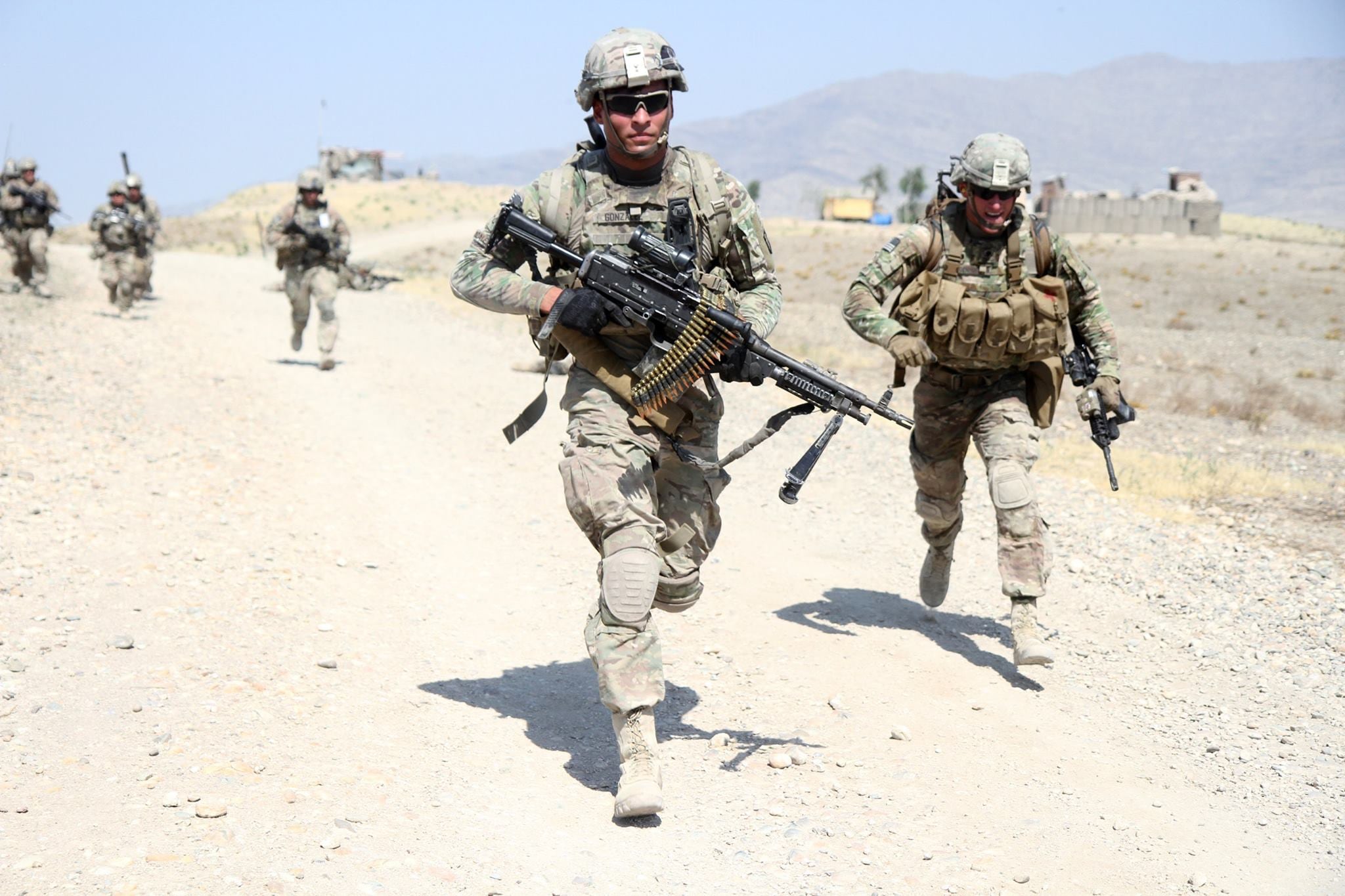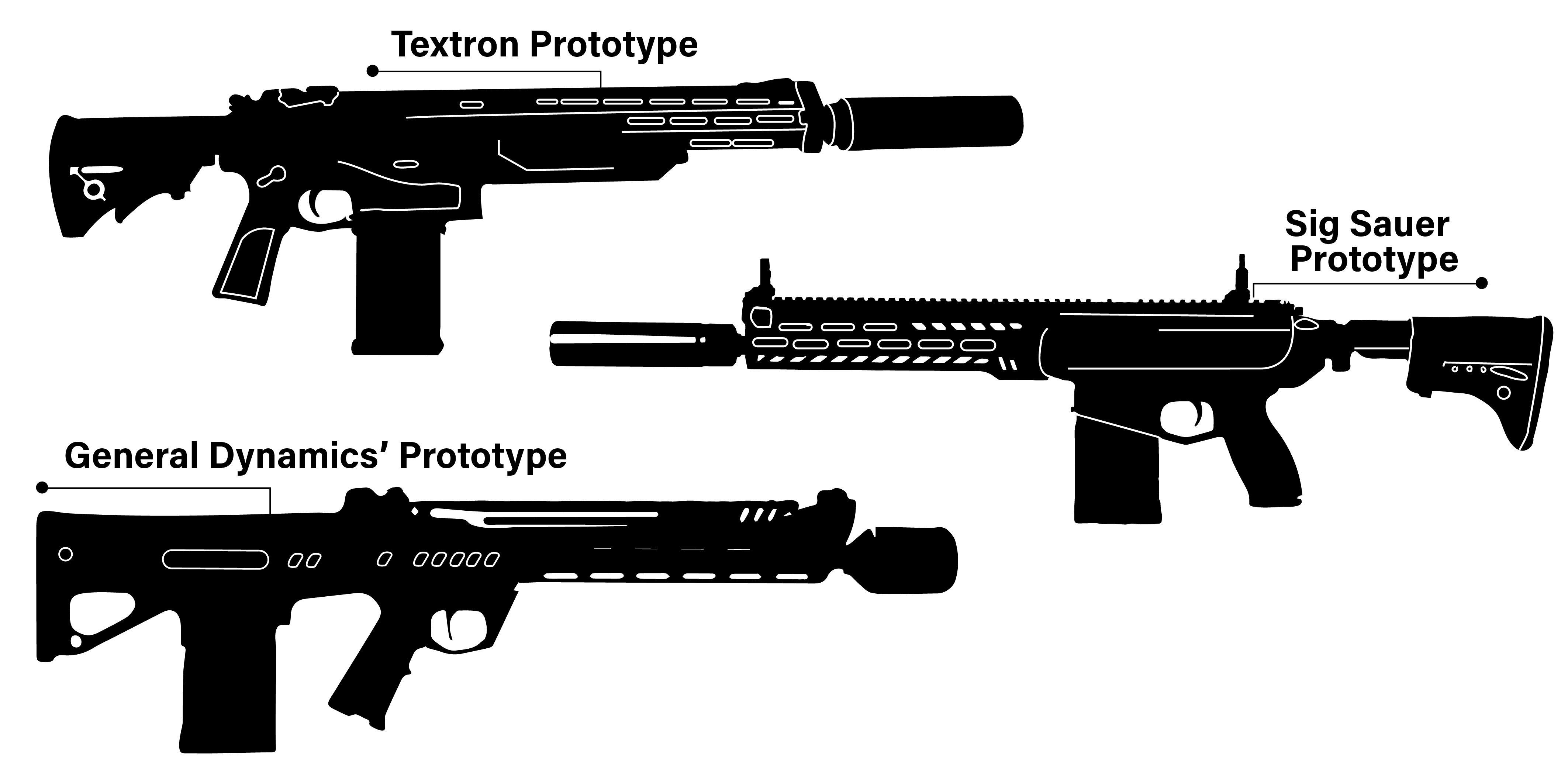How soldiers see their downrange target, from basic grunt to advanced sniper, is about to go high-tech.
The Army recently announced its selection of Vortex Optics/Sheltered Wings as the producer of its Next Generation Squad Weapon Fire Control on a $2.7 billion, 10-year contract for 250,000 devices.
Traditional optics essentially just magnify the sight picture for the shooter and provide a reticle to align a sight to the target for better accuracy than what iron sights can provide.
RELATED

But the new NGSW Fire Control mimics in some ways what’s been available to gunners on ground vehicle platforms such as the Abrams tank, Stryker and Bradley Fighting Vehicle for decades — computer-assisted shooting.
That’s one reason the NGSW Fire Control will eventually replace the close combat optic, rifle combat optic and machine gun optic within the close combat fighting force. That force is primarily special operations, infantry and immediate infantry support such as scouts and combat engineers.
This year, the Army is also expected to select a Next Generation Squad Weapon prototype to replace the M4, M16 and M249 Squad Automatic Weapon.
The NGSW will fire a never-before-seen cartridge — a government-developed 6.8 mm round. That round falls into what engineers call the “intermediate caliber” range. It’s noticeably larger than the 5.56 mm in squad weaponry but only slightly smaller than the heavier 7.62 mm used for medium machine guns such as the M240 at the platoon level.
But, according to Army experts, the 6.8 mm outperforms both existing rounds for range, accuracy and lethality while coming in at a lighter weight than the 7.62 mm.
While the new weapon will be built around that round, the new fire control is platform agnostic.
Matt Walker, a retired Army command sergeant major and career Ranger now with the Army’s Cross Functional Team-Soldier Lethality, told Army Times that the ballistics computer inside of the NGSW Fire Control allows it to be used with just about any existing individual or crew served weapon. And thanks to software upgrades and data changes, new caliber combinations could be added in the future.
“We put just about every ballistic calculation you could put into it,” Walker said.
The Army expects future shooting engagements to take place over great distances. Studies showed that 5.56 mm rounds were less than effective at standard fighting distances in the mountains of Afghanistan, for instance.
Developers determined what the round needed to do on target and then worked backwards from there to the platform that would need to launch that projectile, Walker said.
“And obviously, if you don’t hit the target you get none of the effects that we just described,” Walker said.
So, other than the shooter, the NGSW Fire Control is in some ways the most important part of getting that round on target.
The NGSW Fire Control will contain the following features in one device:
- Variable magnification optic
- Backup etched reticle
- Laser rangefinder
- Ballistic calculator
- Atmospheric sensor suite
- Compass
- Intra-soldier wireless
- Visible and infrared aiming lasers
- Digital display overlay
The wireless feature should allow it to connect with another soldier device under development, the Integrated Visual Augmentation System, a kind of “do-it-all” goggle that is going through testing and evaluation this year.
The IVAS features augmented reality capabilities based on the Microsoft HoloLens virtual reality goggle. The ruggedized version for military use will eventually include a Rapid Target Acquisition software that allows shooters to toggle through displays, seeing a camera view from the goggle, from the weapon sight and a picture-in-picture to see both.
The goggle also allows users to see through dust, smoke and other obscurants, use a thermal view and use navigation headings, wayfinding points and other situational awareness tools, such as wireless drone feed footage, in real-time.
But even without the goggle, the NGSW Fire Control can use the rapid target acquisition feature to better lock onto targets. An in-line thermal sight can be added in front of the device to give thermal options as well.
The user won’t even have to remove the fire control to mount the thermal, which is the case with some optics now.

The host of capabilities inside of the device might seem overwhelming to a new infantry soldier or Marine. But the device can be tailored to the needs of each individual user, Walker said.
“We’re not going to do away with training, the most important thing we can do with our soldiers is train them to be effective,” Walker added.
That means soldiers are still going to be spending plenty of trigger time on iron sights, basic optics and shooting the M4 carbine before they shoulder the NGSW and use its space-age fire control.
While the fire control does many things not previously seen in one package, one hurdle that remains is windage — how the wind affects the round’s trajectory downrange.
Troops can simply eyeball flags or windsocks on known distance ranges and adjust fire to hit the target, but the means to do that using technology is still too large to fit atop an individual weapon, Walker said.
Maj. Wyatt Ottmar, also with CFT-SL, told Army Times that a total of 1,000 soldiers with 101st Airborne Division, 10th Mountain Division and 82nd Airborne Division ran through 25,000 hours of evaluating the entire NGSW program, to include the fire control, as it progressed through development.
The Army is also in the midst of a Platoon Arms Ammunition Configuration study that is likely to determine what will replace the M240 medium machine gun, potentially a counter-defilade weapon and other platoon-level firepower decisions. More to follow on that one.
The Army is currently formulating the fielding plan for the NGSW Fire Control, which will include what unit will be the first equipped. But Walker did share that while the fire control will eventually reach the schoolhouses for infantry, scouts and engineers, it is first going to the operational force.
Todd South has written about crime, courts, government and the military for multiple publications since 2004 and was named a 2014 Pulitzer finalist for a co-written project on witness intimidation. Todd is a Marine veteran of the Iraq War.




